One of the questions I get asked most frequently is,
How do I start teaching my children with the Montessori method at home?
The plethora of information out there can be overwhelming and it’s hard to know where to start. If you’re interested in using the Montessori Method in your home, this is what I’d suggest:
Research the Montessori Method
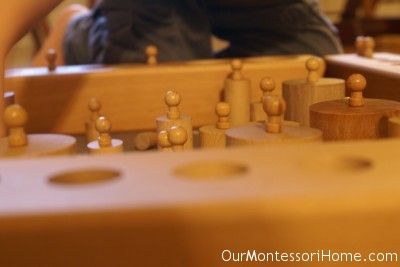
Get to know what the Montessori philosophy is all about and who Montessori was. My first interaction with Montessori was in a traditional college class overviewing the numerous educational philosophies. My professor painted the Montessori Method as a ridiculous free for all where the children were in charge, little to no learning happened, and the older children were inhibited by the presence of younger children. Now, having working in a Montessori school, getting my Infant/Toddler diploma, and researching the philosophy for myself I know that is the furthest thing from the truth.
Read good books on the Montessori Method. Visit a Montessori classroom to see the method in action. Many schools offer regular tours and offer parent classes to learn more about the Method. Learn about Montessori herself. Knowing Maria Montessori’s history as a doctor and her work with children with disabilities has endeared my heart to the Method more than anything. She saw potential and the ability to learn in children society had casted off as unteachable.
Evaluate Whether it Fits Your Family
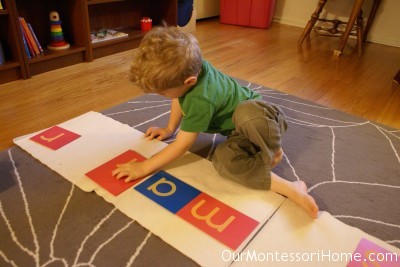
From your research, knowing your children, and your season in life, evaluate whether the Montessori Method is a good fit for your family.
- What are your goals for schooling at home?
- What are your children’s learning styles?
- Will you be able to budget educational costs?
- How many children will be “doing school”?
- Does homeschooling fit into your season of life?
Make the Decision to Start
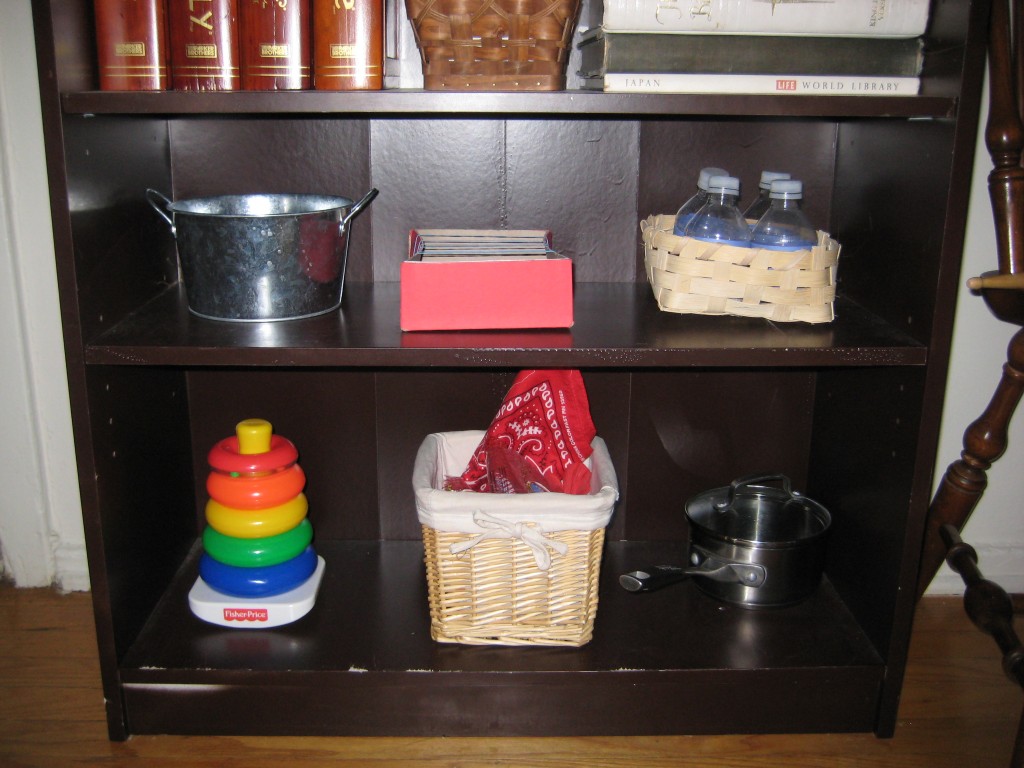
Make the decision to start, but I’d suggest to start small and one bite at a time. It’d be easy with the excitement and eagerness for the Montessori philosophy to do too much too fast.
Start with building a Montessori lifestyle: explore, respect the child, follow the child’s interests, slow down, involve them in your everyday work, and give them sensory experiences.
Then, begin to add basic Montessori activities with materials at home, like practical life and sensory activities. Read lots of books. Give children greater, supported independence. Find a school routine that works for your family and add to it slowly. Depending on the age of your children, you might want to start with 30-minutes a day and work up by 15 or 30-minute increments every week or so.
Once you feel you have a grasp on the Method and your family has a found a good routine, add to the materials and decide what type of financial investment you want to make.
Cultivate the Environment (Physical & Mental)
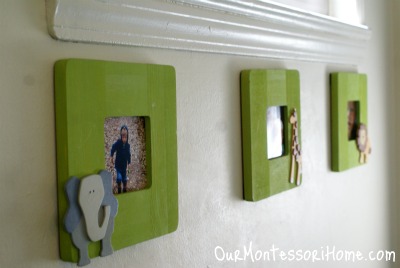
Begin to make your home a prepared environment. I wrote a pretty thourough series on the prepared environment in the summer:
- What is a Prepared Environment?
- The Prepared Environment: Child’s Room
- The Prepared Environment: Kitchen & Bathroom
Follow the Child
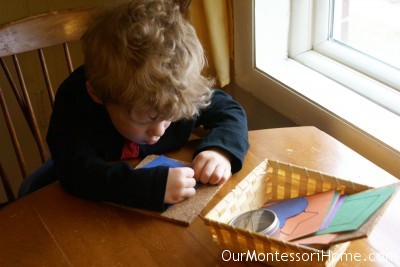
Pay attention to your child’s sensitive periods. What type of activities do they gravitate toward? Is there a particular skill or subject matter they’re particularly passionate and driven about? Stay there and help them to gain all they can.
Keep their pace. Just because they’re doing great with a pair of tongs, doesn’t mean they’re quite ready for tweezing. Perhaps give them an option to use tweezers, but don’t rush them to the next step.
Homemade Materials
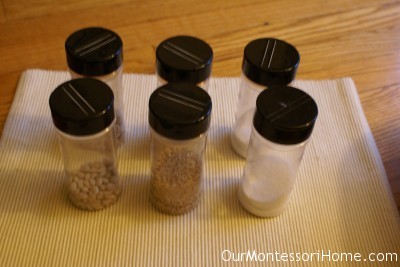
Start with homemade materials. They’re easy to make and most of the materials you have in your home. Most practical life activities can be supplied in the family kitchen: bowls, spoons, tongs, pitchers, measuring cups (for nesting), alunimum cans, and herb jars (sound cylinders).
Cardboard boxes are great for making imbucare boxes, lacing cards, and open and close activities.
Here are a few homemade materials I’ve made:
- How to Make a Child’s Placemat
- Homemade In and Out Box (for older infants)
- How to Make a Grasping Ring and Bell
- How to Make a Coin Box
- How to Make a Child’s No Sew Apron
- An Infant Discovery Box
- Homemade Lacing Cards
***
Starting Montessori homeschooling can be a big endeavor, but you can adapt and add a little bit here and there while you getting your feet wet until you find what works best for you.
Recommended Reading*
- The Montessori Method
, Maria Montessori
- Montessori from the Start: The Child at Home, from Birth to Age Three
, Paula Polk Lillard
- Montessori: A Modern Approach
, Paula Polk Lillard
- How To Raise An Amazing Child the Montessori Way
, Tim Seldin
- The Essential Montessori: An Introduction to the Woman, the Writings, the Method, and the Movement
, Elizabeth G. Hainstock
- Teaching Montessori in the Home: Pre-School Years
, Elizabeth G. Hainstock
*affiliate links
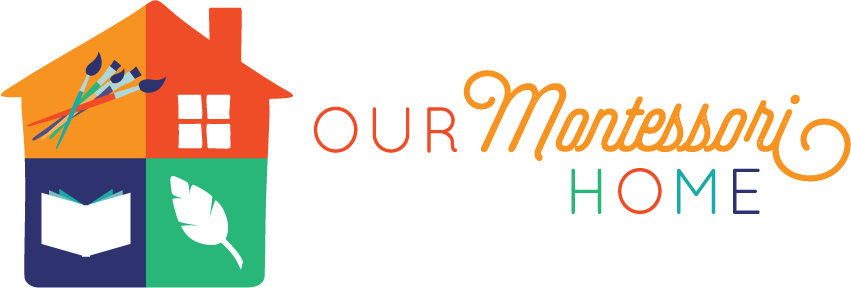
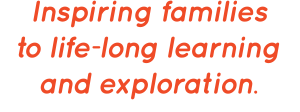






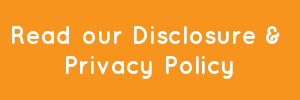
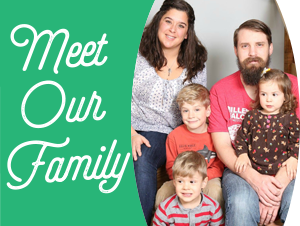












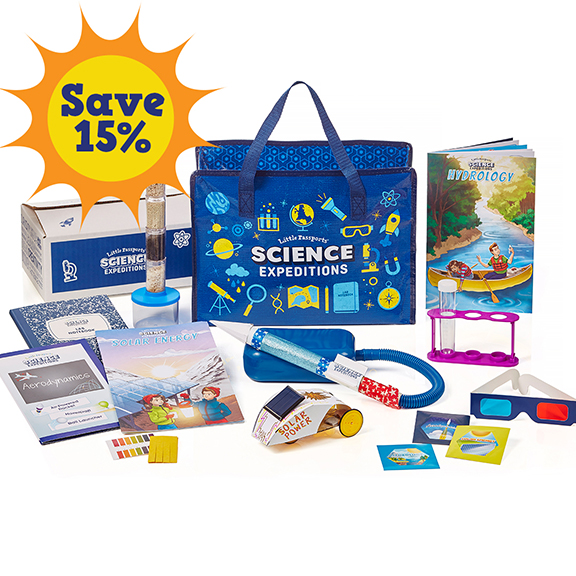
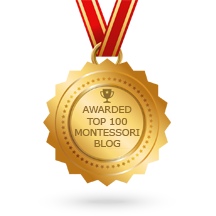






4 comments… add one
Nice to see some of these book recommendations. We have recommended several of the same titles on our site: http://www.sweetwatermontessori.com/Recommended_Reading_for_Parents_New_to_Montessori.htm
One thing that home schooling parents should consider is perhaps sending their child to a Montessori school part-day. That might seem to contradict the concept of home schooling, but hear me out. In a good school, this can offer the benefits of the social peer interaction your child needs in a safe and nurturing environment that might not exist in typical daycare facilities or other organized child group activities. It avoids the costs of purchasing all of the (expensive) Montessori materials for yourself, allows your child to be lead by a competent, sensitive and trained Montessorian for just a few hours per day, while allowing far more contact between you and your child than a full-day program would allow. At least in our state, the time in a full day program beyond the first few hours will be consumed by mandatory nap time, meal time, and extra outside play time. None of that is necessarily a bad thing, but why not allow the school to do the heavy lifting with respect to learning, while you direct (and participate in) the remaining time in your child’s life as he or she needs and as you see fit? There are many things that parents can and should share with their children, and learning is certainly a crucial part of that. But if you are fortunate enough to have access to a good Montessori school that loves your child and has all the tools, training and experience to make the most of the Montessori method in your child’s education, then it may make sense to utilize that resource in a way that fits into the desired lifestyle that lead you to your decision to home school in the first place. Our school, Sweetwater Montessori School in New Bern, NC ( http://www.sweetwatermontessori.com ) has a three hour per day pre-school program (four hours per day for kindergarten) that many homeschoolers have found to their liking. Check to see if there is such a school in your area and see what they have to offer before you decide to just go it alone. Good luck on your journey, whatever path you take!
Hello, I’m enjoying reading through your website and appreciate your information about Montessori. I have a question or two if you don’t mind. I am a missionary in Mozambique and I live and work in a dorm with 4-8 year old boys, currently 34 of them. I am not their teacher nor homeschooling, they go to a regular Mozambican school – rote memorization, lack of resources, undereducated or disinterested staff.
I have an “Afternoon Program” I do with them, one room of 11 at a time. I call this “supplemental education” and my goal is to stimulate their minds and creativity and expose them to things, rather than having a goal of teaching them specific things. I am just learning about Montessori and the concept appeals to me. I have been trying to implement the practical life and sensory materials idea. But here’s my question – beyond those principals of having them help more (it’s hard to find enough for 34 kids who are desperate to help, to do!), what materials would you say are the most foundational to have in the home available to kids that are not part of a set curriculum, but rather available for exploratory play, etc.? I think I am asking, which materials give the biggest bang for the buck so to speak? Especially in terms of helping with literacy. Essentially, I am not trying to create a whole classroom, rather add in some basic Montessori materials that will be the most help to helping my boys. Any input is appreciated and meanwhile, I continue to read blogs, yours and others. Sorry this is so long! Take care, Laura
Montessori method is the best, first I thought may be is for people with lots of my money but when started reading through Montessori method, it’s changed my lifestyle with my children ,I have never knew about sensitive period ,how to prepare environment for children, its lot of thing I’m experiencing .
your website is very usefull.i got lot of information.thankyou